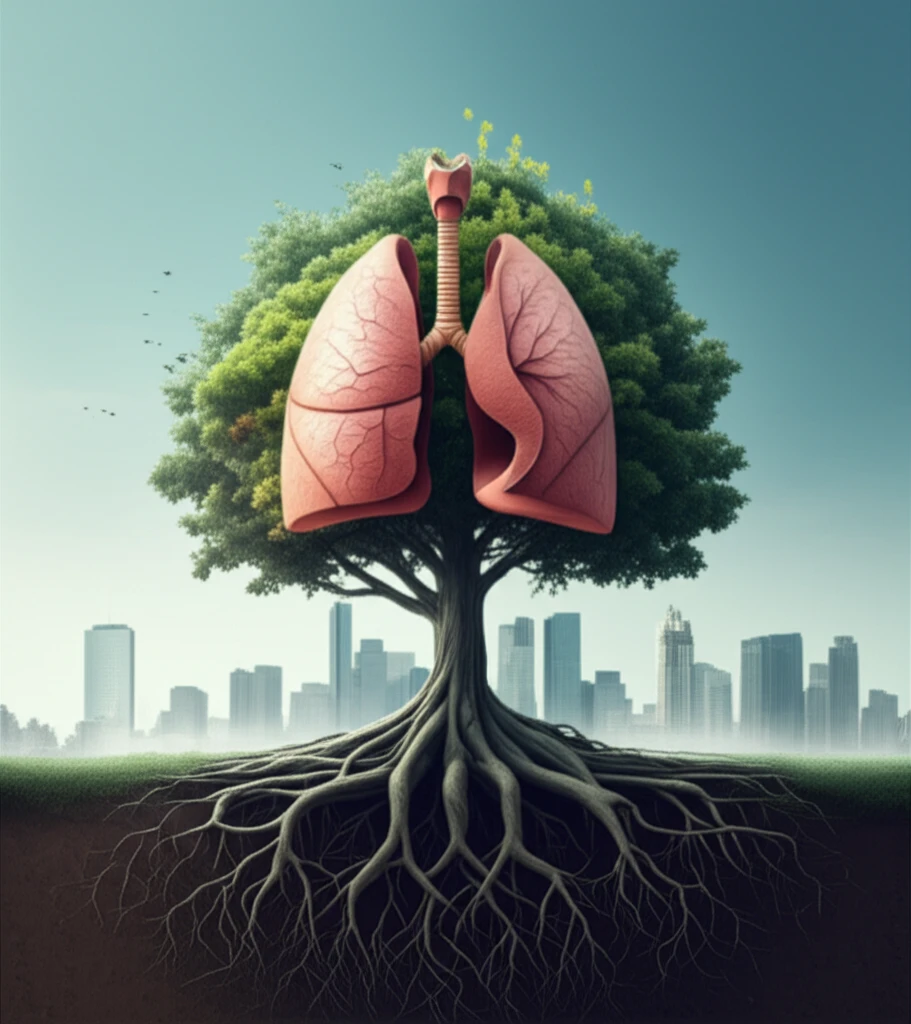
Breathe Easier, Live Longer: The Impact of Cleaner Air on Life Expectancy
"New research reveals how reducing PM2.5 air pollution can significantly increase your lifespan and improve public health."
For years, studies have linked air pollution to a higher risk of dying, but the exact impact on life expectancy has been less clear. Groundbreaking research is shedding light on this critical connection, using advanced methods to estimate precisely how much longer we could live with cleaner air.
The focus is on PM2.5, tiny particles in the air that can penetrate deep into our lungs and cause serious health problems. These particles come from sources like traffic, power plants, and industrial processes. The higher the concentration of PM2.5, the greater the threat to our health.
This article dives into a study that directly estimates the effect of PM2.5 on how long we live, employing cutting-edge causal modeling techniques. The findings reveal that reducing PM2.5 concentrations can dramatically increase life expectancy, offering a compelling case for cleaner air standards.
How Much Longer Could You Live with Cleaner Air?

Researchers analyzed data from over 16 million Medicare beneficiaries in the Northeastern and mid-Atlantic United States, tracking their exposure to PM2.5 and their lifespan. They used a sophisticated method called "causal modeling" to isolate the impact of PM2.5 from other factors that affect health, such as smoking, income, and access to healthcare.
- Reducing PM2.5 to 7.5 µg/m³ (micrograms per cubic meter) could increase the average life expectancy by 0.89 years.
- That means nearly a year of additional life for the average person, simply by breathing cleaner air.
- Lowering PM2.5 levels would also significantly reduce the number of people dying before age 76.
What This Means for Our Future
This research provides a powerful argument for strengthening air quality standards. The study demonstrates that reducing PM2.5 pollution isn't just about protecting the environment; it's about extending lives and improving public health.
The findings also highlight the importance of considering air pollution as a significant factor influencing overall life expectancy trends. As the study notes, improvements in air quality may have contributed substantially to the increase in life expectancy observed in recent decades.
Ultimately, this research empowers us to demand cleaner air and advocate for policies that prioritize public health. By reducing PM2.5 pollution, we can create a future where everyone has the opportunity to live a longer, healthier life.
